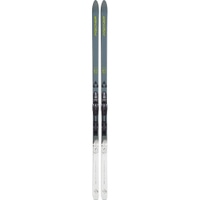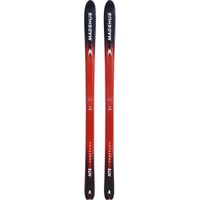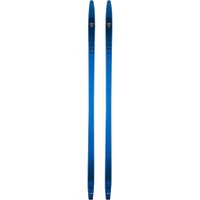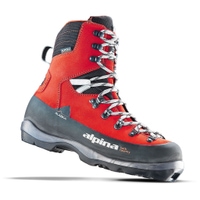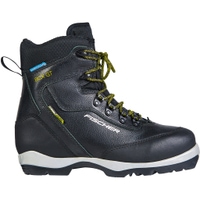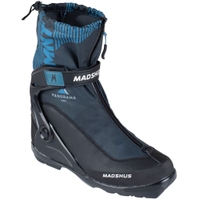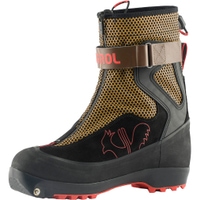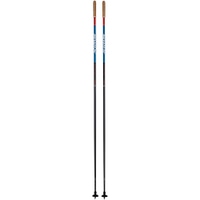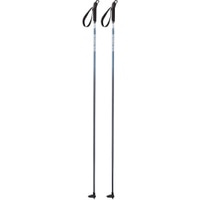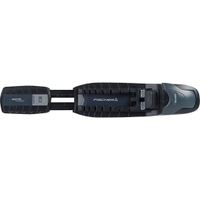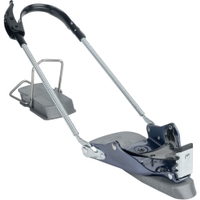WHICH EQUIPMENT DO YOU NEED FOR BACKCOUNTRY?
Backcountry cross country skiing is the very original style of cross country skiing from the Scandinavian lands. Your equipment has to support you during longer tours in untracked terrain.
Cross Country Backcountry Skis
The backcountry nordic skis are wider than usual nordic skis and the biggest difference are the edges – each backcountry ski has edges made out of steel. The gliding surface is similar to the classic ‘no wax’ skis, they can have the ‘fish scales’ pattern or an integrated climbing skin. Again climbing skins are very helpful in variable conditions, helping you to conquer steeper ascents.
For the steepest climbs, you can even attach full-length climbing skins to your backcountry skis, the same you would use for ski touring. This is particularly helpful when you are out on a tour with a big backpack and you know, there will be longer uphill sections. Backcountry nordic skis are also very sturdy and stiff and don’t slide as well as other skis. But backcountry skiing is not about speed, it is about enjoying the nature and exploring.
Cross Country Backcountry Boots
Backcountry cross country skiing boots are just what you expect them to be: sturdy, stable and warm, similar to hiking boots. You will do a lot of walking in very cold conditions with them, so they have to be as warm and as comfortable as possible. Some boots even have integrated gaiters to protect you from deeper and untracked snow.
There are two different sole concepts. One is very similar to the one of telemark boots, with a nib at the toe of the boot, where the boot gets squeezed in the binding. This is a great option when you like to go telemark style on your downhills and if you look for more stability in general. The other sole concept is very similar to the classic boots, where you have the boot hooked in the binding through a metal stick. All backcountry cross country boots have a very grippy and longlasting sole material, some even come with Vibram®.
Cross Country Backcountry Poles
The poles for this discipline are a bit shorter compared to classic poles. This might cut the dynamics of your movement a tiny bit, but you will definitely be more agile. The baskets on the bottom of your skis are bigger than usual to help you not to “fall through” in the untracked terrain with deeper snow. Height-adjustable touring poles are also perfectly fine.
Cross Country Backcountry Bindings
You can choose between two major backcountry binding systems for cross country skiing. The Rottefella Super Telemark is a classic 3-pin toe binding for telemark and backcountry use. A flat bail keeps the boot firmly in the binding while offering easy entry and exit. A perfect solution for everyone who is looking for a better downhill performance on your backpacking trip on skis.
The other binding concept is based on the NNN system, known from classic skiing, but with a wider plate to stand on in order to offer more stability. The so-called NNN Magnum bindings are your system of choice when your preferred terrain is flat and you mostly move in the diagonal/classic technique rather than going up and down.
To find out more about equipment for the nordic skating discipline visit our Skating Equipment Guide and our article about Classic Equipment.
Are you interested in other related articles about Cross Country Skiing? We have some more for you:
Cross country skiing guide – Styles: Classic, Skating, Backcountry, Classic No-Wax Skin Ski
Cross country skiing guide: Equipment
Cross country skiing guide: Equipment – Skating
Cross country skiing guide: Equipment – Classic
Cross country skiing guide: Equipment – Class No-Wax Skin Ski


